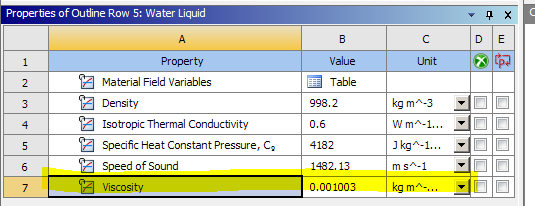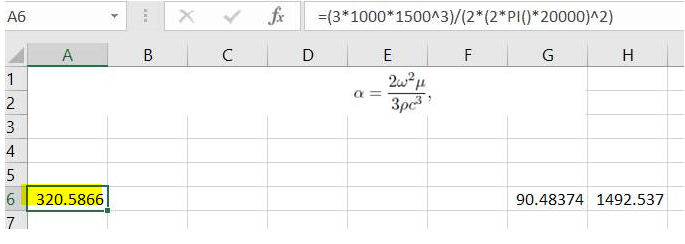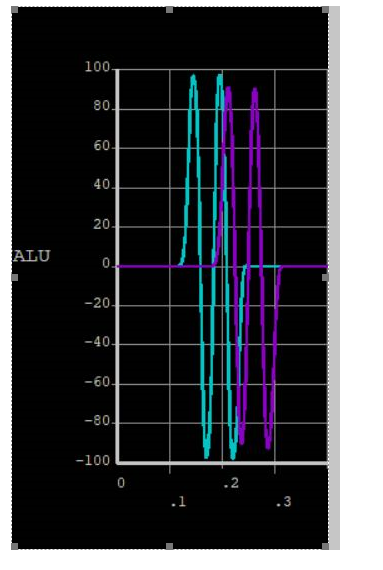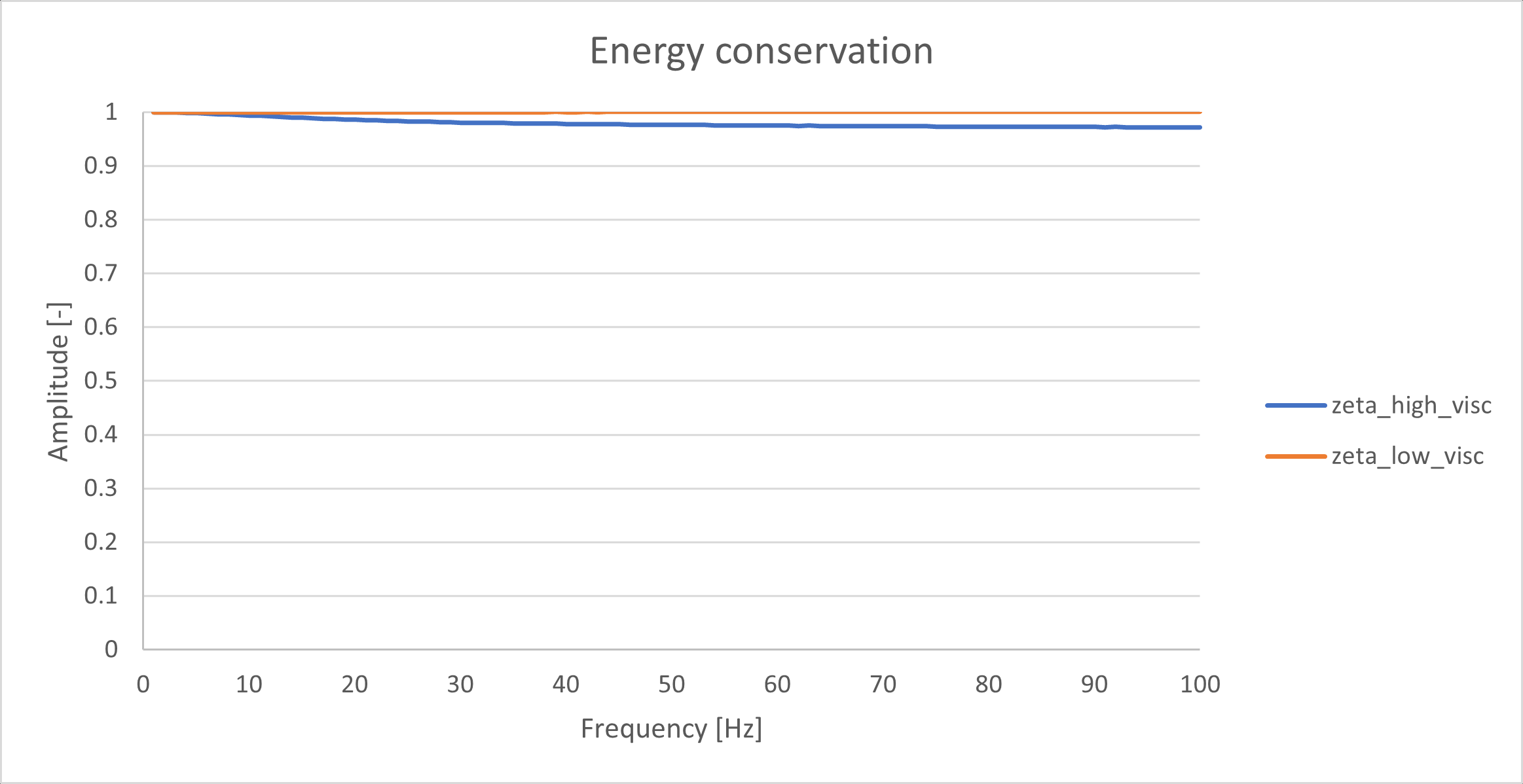TAGGED: acoustics, damping, mechanical, workbench
-
-
June 22, 2021 at 1:51 pm
JanD3004
SubscriberHello,
I would like to take damping into account at my current simulations of acoustic transmission. I spoke to someone who mentioned that damping would be described and calculated within the solver if my geometry has a material assigned with a defined viscosity. Doing so I do not recognize any damping at all looking at the energy conservation, even at excitations with very high amplitudes.
Now I have been looking at the documentation of the harmonic acoustic solver I am currently using and I figured out that it is capable of calculating damping under certain circumstances. According to that I should use "Variational Technology Method" but I have not achieved any success by turning this from "program controlled" to "on" in my analysis settings.
The element I am using is FLUID221 which is suitable for damping within the fluid.
What is the point that I have been missing here? How can I model damping in an acoustic body?
If there is any additional information needed in order to help I could provide a workbench archive file containing a very simple geometry.
Thanks for your help,
Jan
June 22, 2021 at 3:14 pmErKo
Ansys EmployeeHello
That should work - dynamic viscous damping in acoustics provide some attenuation.
We do not have an example - but it should be possible.
All the best
Erik
June 22, 2021 at 7:45 pmJanD3004
Subscriberthank you for your fast answer! I am new to Workbench and based on your answer I do not know how to continue. What is meant by dynamic viscous damping? I can not find anything related it in the Mechanical user interface neither in Workbench. Do I need APDL knowledge to do this?
June 23, 2021 at 3:39 amBenjaminStarling
SubscriberYou do not need to use variational technology to activate damping. Variational technology is intended for analysing materials/elements with frequency dependant properties. Typically harmonic response analyses requires one set of material properties to be defined, that are then used across the entire frequency range. You can still use this if it is what is required for your analysis.
With regards to getting the results you expect, it may be beneficial to upload your project to this forum. Without further information the only things I can advise to check would be the following.
check the ds.dat for MP commands, check that there is an MP command that is specifying VISC, or BVIS, for your fluid material
run the analysis with global damping, either structural or modal, check that results are reasonable/problem is set up correctly
June 23, 2021 at 8:31 amErKo
Ansys EmployeeSo as we said including viscosity should provide attenuation - we do not have an example, but I made a benchmark for 1D duct acoustic wave propagation in castor oil, which gives the correct values for transient acoustics, but we use the same matrices for harmonic so it should be the same there (and we have tried that also and it is working ok). So it should all work well when using MP and VISC so the dynamic viscosity in engineering data in workbench as shown below.

So looking at castor oil like properties (where the attenuation relation can be described by the Stoke relation), and a 2 cycle pulse excitation of 20 000 Hz, then using the Stoke relation for an attenuation (alpha) of 1 [m-1] assumed here, we should have a dynamic viscosity of 321 at this centre frequency (see below).

The pressure over 0.1 of a meter is for 100 Pa excitation then: 100 Pa/(exp(0.1)) ~ 90 Pa at a distance of 0.1 m from the end of the duct (excitation side). That is what we get also more or less (shown below), so it captures the attenuation fairly well.


June 28, 2021 at 7:35 pmJanD3004
SubscriberViewing 5 reply threads- The topic ‘How to model damping within a fluid in harmonic acoustics?’ is closed to new replies.
Innovation SpaceTrending discussions- LPBF Simulation of dissimilar materials in ANSYS mechanical (Thermal Transient)
- Convergence error in modal analysis
- APDL, memory, solid
- Meaning of the error
- How to model a bimodular material in Mechanical
- Simulate a fan on the end of shaft
- Real Life Example of a non-symmetric eigenvalue problem
- Nonlinear load cases combinations
- How can the results of Pressures and Motions for all elements be obtained?
- Contact stiffness too big
Top Contributors-
4167
-
1487
-
1358
-
1189
-
1021
Top Rated Tags© 2025 Copyright ANSYS, Inc. All rights reserved.
Ansys does not support the usage of unauthorized Ansys software. Please visit www.ansys.com to obtain an official distribution.
-












